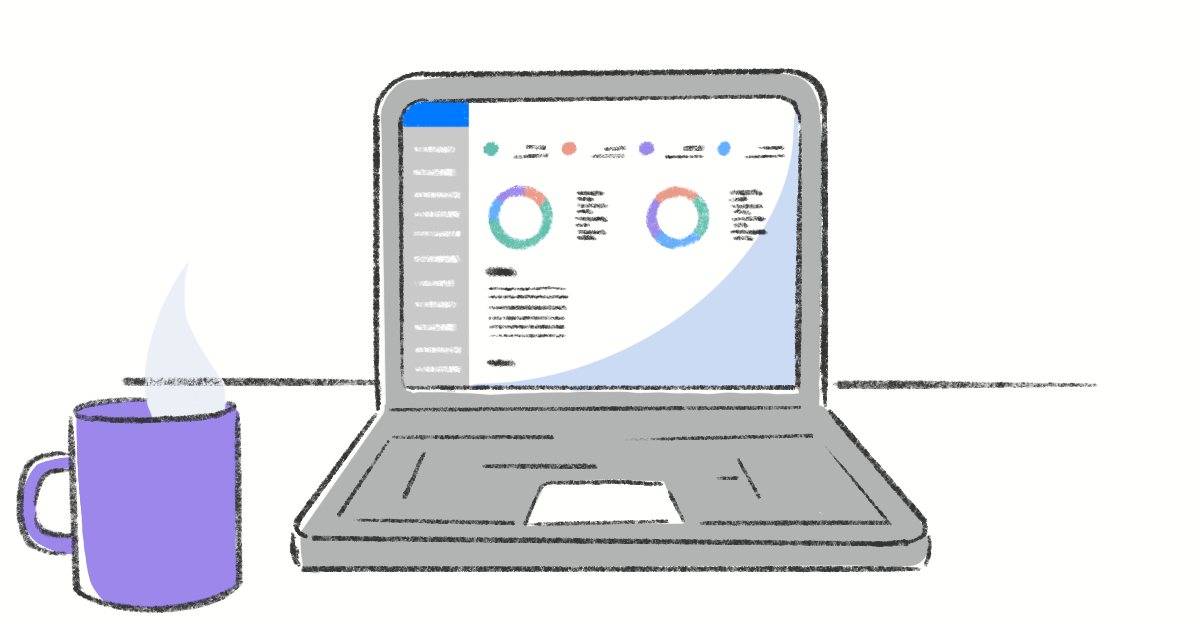For every subscription business, having a recurring billing setup is a priority. It is an automatic method to send invoices and receive payments on a predefined schedule. Automatic charges are simple and convenient for clients and sustainable & predictable for businesses. Regardless of the industry type, companies and customers have benefited from a recurring billing cycle’s convenience.
What is Recurring Billing?
Recurring billing is a payment method that enables businesses to automatically charge a consumer for services and goods on a predetermined schedule. For this, vendors need to collect the information and permission of customers. Once everything is set up, the merchant can then collect recurring charges from a customer’s account with no further permissions.
Recurring billing is often used in subscription businesses. When the consumer subscribes to services or products, they are prompted to offer their payment details to allow companies to automatically deduct a specified amount from their account at regular intervals.
Businesses for Which Recurring Billing is Best For
Recurring payments can be an ideal pick for businesses that offer their services or products regularly. Some companies that use recurring billing include:
- Gym membership
- Magazine and newspaper subscriptions
- Telecom companies that offer usage-based billing
- SaaS applications, such as Slack, Google Apps, or Dropbox
Types of Recurring Billing
Recurring payments can be divided into two categories:
- Regular or Fixed Recurring Billing: The same amount is deducted from a customer’s account in each payment cycle. This method is best suited for companies that offer services or products for a fixed rate. Gym membership and newspaper subscriptions come under this category. Regular billing ensures stable business revenue.
- Irregular or Variable Recurring Billing: The amount deducted in this method may vary for every payment cycle. The usage of a customer for a particular service is tracked to create a new bill each time.
Advantages of Recurring Billing
Recurring billing can benefit both businesses as well as customers. Let’s find out how.
- Improved Convenience
You do not require to optimize billing cycles actively. All payments and invoices occur automatically – no need to intervene. It saves you a lot of time, which you can utilize to focus on other business operations. For instance, improving marketing campaigns and launching new products.
- Better Cash Flow
When clients sign up for recurring payments, it becomes easier for merchants to receive their funds on time as it eliminates delayed or missing payments. With this, the money will start coming to your account automatically, making your financial planning easy and stronger.
- Improved Sales Rate
Under a traditional payment method, it becomes challenging for merchants to receive their payments on-time. They have to chase their customers regularly to collect bills. This is where recurring payments help you a lot – making a smooth collection.
Recurring payments are highly convenient for customers. With recurring billing:
- All payments are entirely hands-off.
- People do not have to look for postage and checkbooks to settle their accounts.
- People do not need to sit in front of their laptops once a month to submit their bills.
- Besides, recurring billing means customers will pay fewer surcharges and late fees.
Challenges in Recurring Billing
Apart from its benefits, companies that use recurring billing mechanisms may also face several challenges. And these challenges are as follows:
- Payment Failures
Payment failures can happen in recurring billing because of incorrect card details, insufficient funds, and card expiration. To avoid any financial issue, businesses need to have a plan to tackle such payment failures. Investing in the right subscription management tools is an ideal way to deal with failed transactions. For instance, dunning management can help you by retrying a customer’s card (failed transaction) after a defined period to check the status. If it fails again, a notification is sent to both the business and the consumer to resolve the issue.
- Handling Payment Errors
When a transaction error occurs, the procedure of informing clients can become hectic, especially when your client base is vast. A good recurring billing structure should make it smooth for you. For instance, the system can enable authorized consumers to update their payment details in the self-service portal before the next payment.
- Payment Security
Payment security is very critical in every company, and recurring payments are no exception. If you integrate a recurring billing method, it becomes your responsibility to ensure that your customers’ data is fully secure. For this, you need to invest in fraud prevention and detection tools to ensure maximum safety.
Conclusion
Overall, recurring billing is a method that enables businesses to receive their payments regularly by getting the debit or credit card details of customers only once. Recurring payments are beneficial for companies as they guarantee predictable and stable cash flow, and the whole setup can save you a lot of time and resources. Being a business owner, you can implement an excellent recurring billing system by using the right subscription management tools to deal with challenges, such as fraudulent payments and payment failures.










